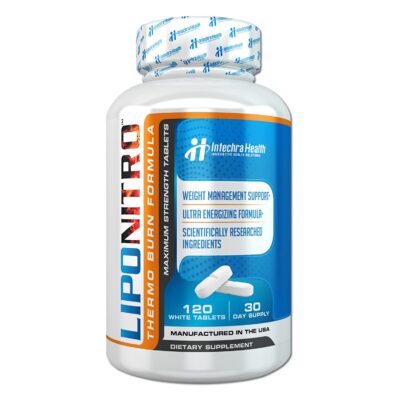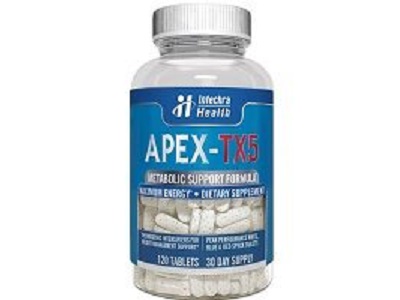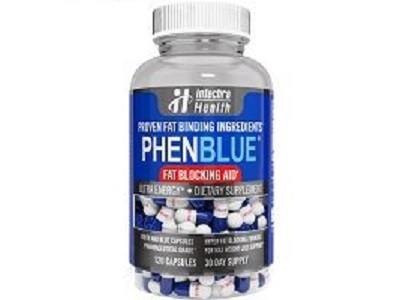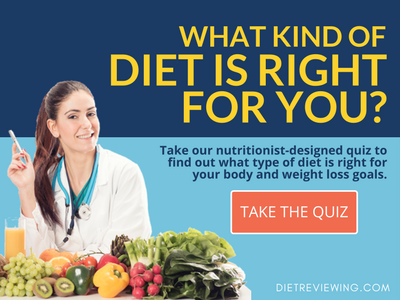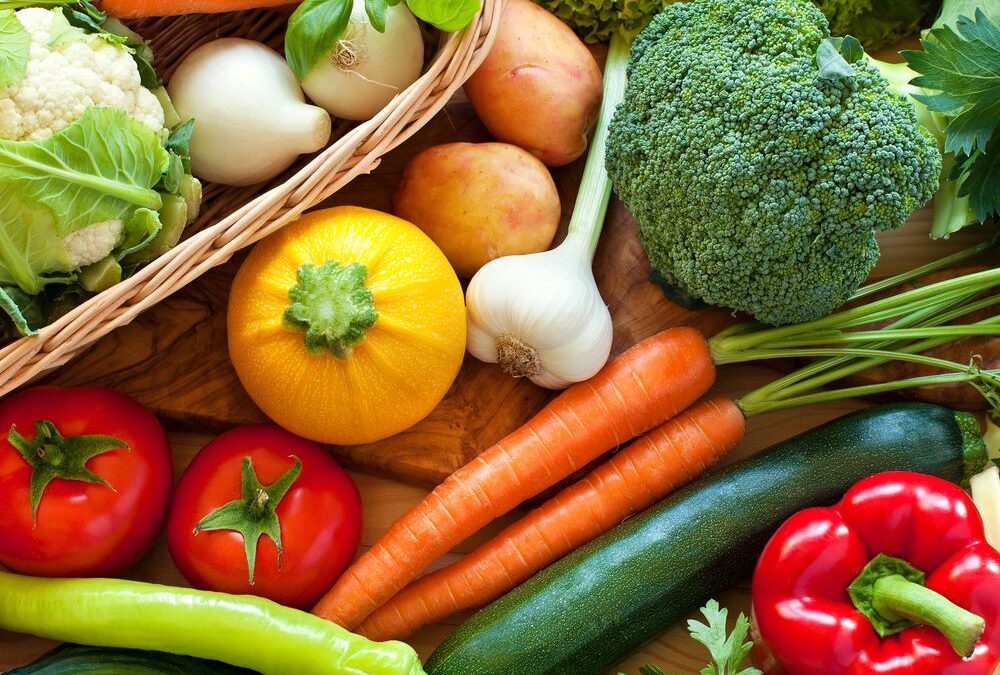
Feb 27, 2022 | Low Carb Diets, Natural Diets
The Raw Food Diet is pretty much what it sounds like: eating your foods without cooking them. This strategy involves eating primarily raw vegetables, fruits and grains. The reason behind avoiding cooking is that the heat can break down many of the natural enzymes and nutrients contained within the foods.
(more…)
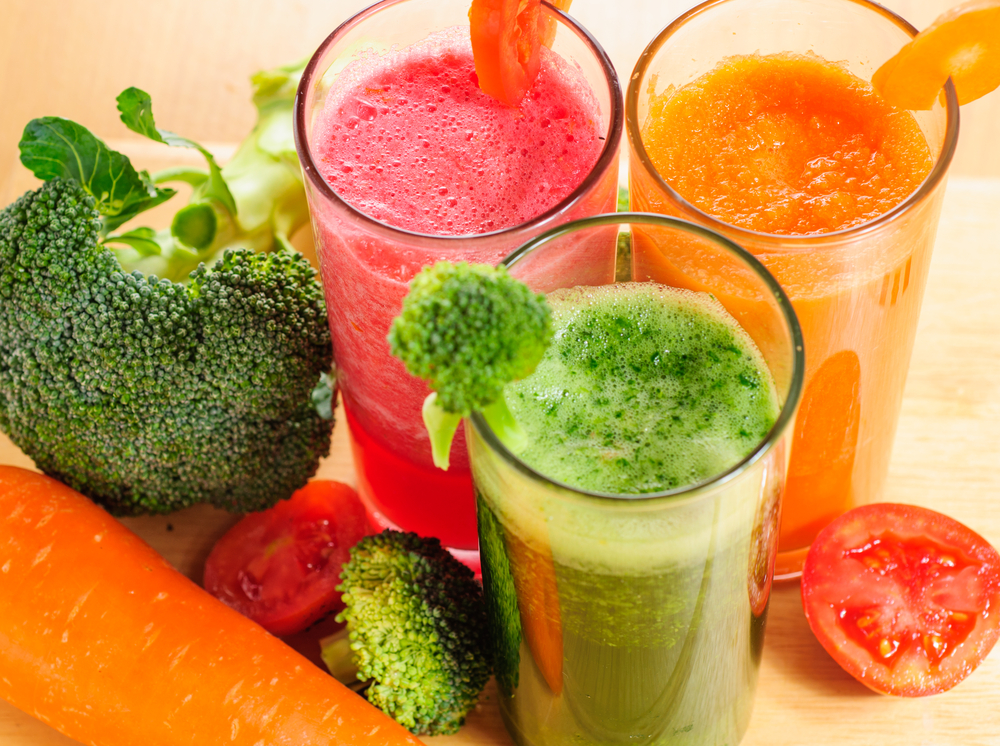
Oct 6, 2020 | Low Carb Diets, Paleo Diets, Vegetarian/Vegan Diets
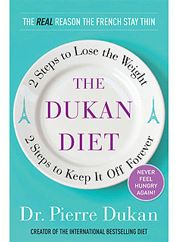
Apr 17, 2020 | Low Carb Diets, Macronutrient Diets
The Dukan Diet is a weight loss strategy based on increased protein consumption as well as following four stages of food and lifestyle changes. It became exceptionally popular when many A-list celebrities started following it, including Kate Middleton when she was preparing for her wedding to Prince William.
What Does the Dukan Diet Involve?
When following the Dukan Diet, there are certain foods that are allowed at various times. It can be quite restrictive, but the claim is that during the first two to seven days, someone who follows it very closely will lose between 4.4 and 6.6 pounds. That number is based on the diet’s own claims and dieter feedback but has not been backed by scientific study.
The diet itself is laid out in an official book, which has sold well over 7 million copies. Moreover, there is also an official website which offers dieters additional support. By repeating the strategy and stages of the Dukan Diet, the idea is that a dieter will be able to keep up a rate of 2 to 4 pounds of weight loss each week. A central component of this diet also requires you to cut back on your carbohydrates, particularly in the earlier stages.
Flexibility in Your Strategy
The company behind the diet allows dieters to either choose to make their own foods based on the rules, to purchase pre-packaged foods designed to make it easier to stay within the restrictions, or to do both. That said, there is no requirement that dieters purchase the pre-packaged foods. There is a preference for learning to cook your own foods for the various phases, while using the packaged options more to keep up with the diet when you’re too busy to make your own meals.
What Are the Dukan Diet Phases?
The phases of the Dukan Diet include:
Phase 1 – Attack
During this phase, you can eat as much protein as you want, choosing from 68 possible animal-based protein sources. The book claims this phase of the diet will boost the rate of weight loss while decreasing the amount of water held by the body’s tissues. For this phase, dieters will also need to drink between 6 and 8 cups of water per day and take 1.5 tablespoons of fiber – preferably oat bran fiber – to help reduce calorie absorption and shrink the appetite. This phase lasts for about a week (though this changes depending on the goal weight) and involves the introduction of exercise, usually in the morning.
Phase 2 – Cruise
Throughout this phase, the dieter is supposed to lose one pound per three days. There is still a requirement for the same types of protein, but some veggies become allowed. Dieters can select from 32 different options. There are still no fatty veggies or starchy ones allowed. This phase requires the same amount of water, with 2 tablespoons of oat bran fiber each day.
Phase 3 – Consolidation
This is the phase that works to keep the lost weight off, offering additional dieting tips. In addition to being able to eat the same foods as the previous two phases, some new foods are also allowed, such as fruit, cheese, some starchy foods and bread. During this phase, you can have 2 meals per week that can deviate from the restrictions of the phase. Every time you lose a pound, this phase becomes 5 days longer. This is often the longest phase.
Phase 4 – Stabilization
In this phase, you can eat however you want for 6 days each week, provided you follow the portion recommendations. Once per week, you need to eat according to the Attack phase. This is the phase that is maintained for the rest of the dieter’s life in order to keep up long term results.
Does Science Back the Dukan Diet?
As of the writing of this review, there hasn’t been much quality research conducted on the Dukan Diet. That said, there have been a few limited preliminary studies. One study conducted in Poland tracked women following that eating strategy. It showed that they ate around 1,000 calories per day and 100 grams of protein per day. In 8 to 10 weeks, they lost an average of 33 pounds.
Other small studies have also shown that diets high in protein and low in carbohydrates can bring about rapid weight loss over the short term.
Does the Weight Loss from the Dukan Diet Last?
There haven’t been any long-term, reputable studies on the safety or lasting effects of the Dukan Diet. That said, this type of eating style is often considered to be controversial due to the high protein intake it requires. This is particularly true when considering bone health and the kidneys. People with healthy kidneys likely shouldn’t be concerned. That said, individuals prone to kidney stones could experience a worsening of their risk and their symptoms with this type of diet.
It is unlikely that most people would be able to keep up this type of eating strategy over the long term. Therefore, there is a risk of rebounding weight.
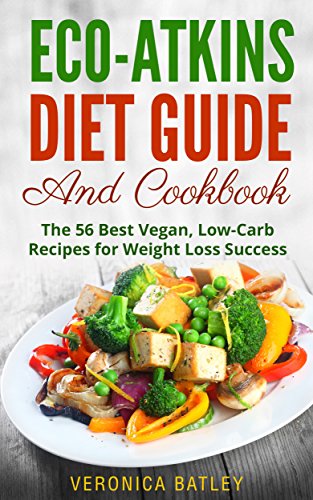
Jan 3, 2020 | Disease Prevention Diets, Low Carb Diets
The Eco-Atkins Diet is a weight loss strategy that was developed to provide vegetarians and vegans with an option that is meant to work as an alternative to the Atkins Diet. Like the meat-focused Atkins Diet, Eco-Atkins is also centered around a low carb, high protein eating strategy.
High Protein, No Meat
This vegetarian version of the Atkins Diet was first developed by researchers in Toronto, Canada, at St. Michael’s Hospital. Their goal had been to see whether or not a high protein vegetarian diet could bring about a reduction of both body weight and bad (LDL) cholesterol.
The research team came up with the Eco-Atkins Diet in order to respect the same protein to carb ratio as the original diet, while replacing the animal protein – which was high in fat – with a vegetable protein that is typically lower in fat. This protein was mainly in the form of gluten and soy.
What the Research Said
The results of the study were published in the Archives of Internal Medicine, when it found that the diet brought about an average of 8.8 pounds in the first four weeks, improved blood pressure, triglyceride and cholesterol levels. Bad cholesterol improved by 0.6 percent, which was significant, particularly for that amount of time.
How to Follow the Eco-Atkins Diet
The Eco-Atkins Diet requires dieters to eat foods that are made up mostly of protein, healthy fats and carbs from high fiber vegetables. Around 30 percent of the daily calorie intake comes from plant proteins, about 45 percent comes from vegetable oils, and another 25 percent from carbohydrates. Foods most commonly consumed on this diet include healthy fats, beans, soy foods, seeds, nuts, fruits, no-starch gluten products, vegetables and fruits.
As meat is excluded from Eco-Atkins, protein sources are typically soy beverages, gluten, soy burgers, tofu, and vegetarian alternative versions such as breakfast links, bacon and deli slices. Other sources include nuts, certain cereals and vegetables. There is an emphasis placed on certain vegetables over others, with a preference for viscous veggies such as eggplant, okra and other low starch options.
Fats Preferred for the Eco-Atkins Diet
The good fats preferred in this diet include olive oil, canola oil, nuts and avocado. Carbs are meant to come exclusively from cereals, vegetables and fruits. A small amount of barley and oats are permitted. However, enriched white flour based foods and sugary foods were banned, such as white rice, white bread, potatoes, and the majority of baked products such as cakes, muffins and cookies.
Despite the fact that following Eco Atkins Diet strategies does help some dieters to improve their overall nutrition, the improvements in this and in weight loss were not all that much better than other nutritionally balanced weight loss diet plans. It is primarily the cholesterol improving benefits of this diet that makes it stand out from other balanced vegan or vegetarian diets.
Which Atkins Version is Better?
A former president of the American Heart Association, University of Denver professor Robert Eckel, MD, calls both the Eco-Atkins Diet and the Atkins Diet too restrictive for the majority of people to continue following over the long term. That said, between the two, it was the vegan and vegetarian version that was labeled as better by Dr. Eckel.
Still, whether or not the Eco-Atkins Diet is for you isn’t just a matter of whether or not it is better than the original eating strategy. There are many factors to consider as you decide if you should give this method a try. It is a very restrictive diet and would be even tougher for someone who is not already used to a vegetarian lifestyle.
For many people, that means that the change will be only temporary as most people find it challenging to keep up a highly restrictive lifestyle change over the long term. This risks not only dropping this healthy lifestyle but also returning to an old one that caused the weight to be gained in the first place. Also, after feeling as though a diet such as this one has failed, it can be more difficult to start a new strategy. The disappointment and feeling of failure can become a barrier instead of a motivation.
Beyond that, the Eco-Atkins Diet can also prove challenging to individuals who don’t have a great deal of experience in nutrition and eating a balanced diet without any meat. This can cause a spectrum of potential nutrition problems and related symptoms.
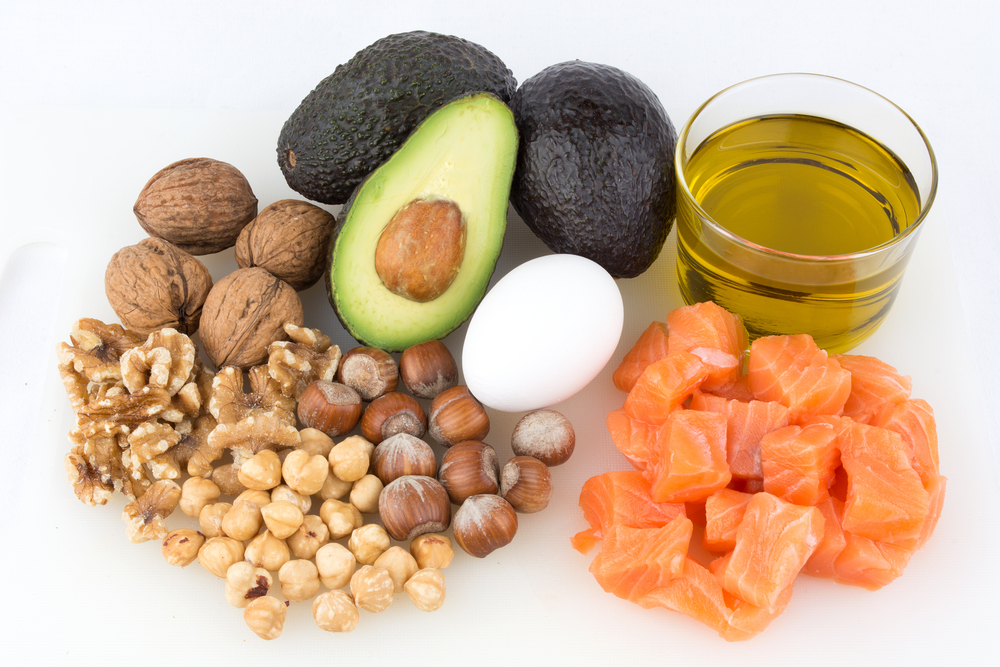
Nov 29, 2019 | Low Carb Diets
The Ketogenic Diet, also known as the Keto Diet, is an eating strategy for weight loss that is not dissimilar to the Atkins Diet and other very low carb diets. The goal of this plan is to achieve a state of ketosis in the body, which is a state in which the metabolism functions differently as a result of very low carbohydrate intake. Often, it results in improved fat burning when compared to many other forms of weight loss strategy.
The History of the Ketogenic Diet
One of the Keto Diet’s founders is Dr. Russell Wilder. His contribution occurred in the 1920s, when he became the first person to test diabetes patients for insulin. He was among the heads of the Mayo Clinic at the time and eventually took the top spot in the department of medicine, metabolism, and nutrition.
The purpose of the Ketogenic Diet strategy is to improve the body’s rate of fat burning by making the right food choices. This can be further enhanced by selecting foods that encourage ketone production in the liver. Ketones are energy molecules the liver produces from fat. They provide the body and the brain with fuel.
There are three main types: acetate (acetone), acetoacetate (AcAc), and beta hydroxybutyrate (BHB). Of the three, BHB isn’t actually a true form of ketone, but it still plays a central role in brain stimulation and the formation of new neural tissue, which is a function at the heart of ketosis. The main ketone is AcAc, which is typically converted into either energy or BHB.
Drawbacks of the Keto Diet
Ketosis can help to boost the rate of fat burning and many people find it to be effective as long as they maintain it efficiently. That said, the process is not without its drawbacks. Among the most noticeably struggles can include a symptom called “keto breath,” where the breath gains a very distinct odor from the way the body is functioning. The urine often changes smell as well.
Advantages of Using the Ketogenic Diet
While on the Ketogenic Diet, the body’s main source of energy is the fat already stored on it. It is for this reason that it can sometimes lead to rapid weight loss, as the body will burn away stored fat in order to function and give you the energy you need to get through your day. That said, while this diet may be marketed mainly as a weight loss strategy, it isn’t necessarily meant exclusively for that. It can also be used by people who have mild to severe health conditions. It is also often opted for by people trying to lower their body mass index and/or achieve a healthier overall body. In fact, it was once used – and is sometimes still used – as a part of the effort to treat children suffering from epilepsy.
This has made the Keto Diet very popular over the last few years. As its effectiveness for fat burning was identified, it took off as a weight loss diet.
Among the main advantages of following this type of diet is that hunger is rarely a problem. Moreover, blood sugar levels drop and stay stead because you are consuming more proteins and fats than carbs. That said, many people struggle with certain challenges when following this diet, such as the fact that it is highly restrictive, difficult to keep up over the long term and can sometimes result in constipation due to the reduced fiber intake from cutting carbs.
Is Keto Dieting For You?
No single type of dieting is right for everyone. There are many things to take into consideration, even when you’re looking at some of the more popular or successful strategies. Your first step, as annoying as it might seem, is to talk to your doctor. Yes, it is a nuisance and is possibly an expense. However, it is one of your top ways to know if you’re choosing a weight management strategy that will be safe for your medical and health needs. It is also the best way for you to know if it will be possible to use this strategy to meet your goal expectations.
While talking to your doctor, discuss the specific version of the ketogenic diet that you intend to follow. Talk about the types of foods you will be eating. This will help you to make sure you’re keeping your nutrition where it should be. Beyond that, be sure to remind your doctor of any medical conditions you have, medications you are taking, and even any supplements you use. Remember that this should include medications and supplements you’re not only taking currently, but also any you already know you will be using throughout your weight management efforts.
The reason is that the way you eat and putting your body into ketosis can alter the way certain drugs are absorbed or the way they function. Moreover, this diet works in direct opposition to certain types of obesity medication, such as fat blockers.
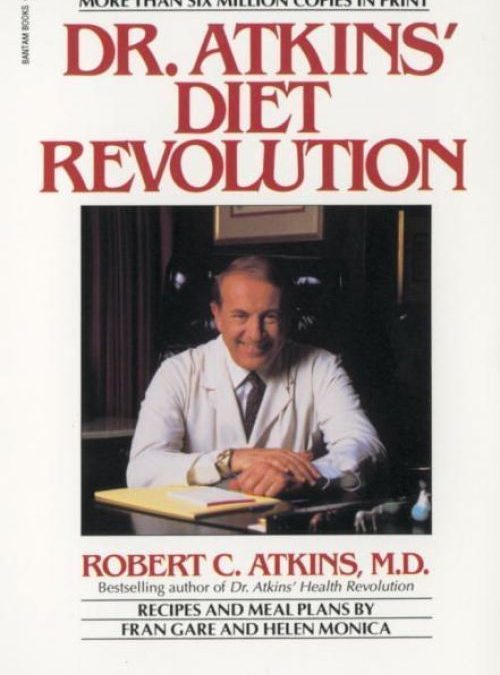
Sep 20, 2019 | Low Carb Diets
At this point, there are very few people who haven’t heard of the Atkins Diet. It was the first major fad to place low carb dieting into the spotlight. Though it was first created in 1972, it wasn’t until over twenty years later that it truly reached its peak.
Still, even after the Atkins Diet exploded in popularity, what most people learned about it was that it required dieters to consume a low carbohydrate diet. In fact, many people believed that it involved the attempt to eat no carbs at all. Many myths circulated and distorted the main understanding of what this eating strategy involved.
If you’re curious about the truth behind this diet, read on and discover what it’s truly about.
What is the Atkins Diet?
The Atkins Diet, also known as Atkins 20, is a low carb, high protein, moderate fat intake eating strategy that is meant to help you to quickly lose weight without suffering from hunger or feeling deprived from the foods you love. At the time that it first came out it had a certain amount of popularity, but it went through a significant return around the turn of the millennium.
At that time, millions of people were using the strategy to try to shed the pounds, including many well known celebrities. The diet had a popular website, books and a range of other branded products. In fact, many grocery chains carried special Atkins food items that helped people to enjoy their favorites without overeating carbs.
An Evolving Eating Strategy
The Atkins Diet has shifted and changed over the years in order to keep up with the latest nutrition and health research. The original strategy was revolutionary but was found to be flawed in some of its principles. The most recent form of Atkins now focuses more on lean proteins, healthy fats and veggies that are high in fiber.
Four Phases to the Atkins Diet
This diet is broken down into four phases to be followed by the dieter. That said, no matter the phase, the main proteins and fats to consume are meat, seafood, poultry, eggs, cheese, butter and oils. At the same time, sugary and starchy carbohydrates need to be avoided. They include foods such as potatoes, bread, chips, pasta, candy and cookies.
The Atkins Diet starts off rather restrictive but works its way toward allowing a growing number of foods once the body has adapted and adjusted.
- Phase 1 is meant to cause the body to stop burning carbs and to start burning fats instead, a process called ketosis. During that phases, weight loss typically occurs quite quickly. In this phase, dieters eat proteins, fats, and no more than 20 grams of carbohydrates, all of which must come from vegetables.
- Phase 2 starts to introduce some new foods into the dieter’s allowable options. This is a time of gradual trial and error, allowing the dieter to determine how many carbs they can eat while continuing to lose weight.
- Phase 3 doesn’t begin until the diet has only around 10 pounds left before reaching their weight loss goal. This teaches the dieter how to polish off the rest of the weight loss they still have left.
- Phase 4 is the last one and is meant to be maintained over the long term. This phase is designed to make sure that once the weight has been lost, it will never come back.
A Less Restrictive Form of Atkins
It should be noted that there is a less rigid form of the Atkins Diet, called Atkins 40, which goes by similar strategies as the Atkins 20 version, only it is not as restrictive. For example, during the first phase, dieters can eat 40 grams of carbs instead of just 20 grams. Moreover, there aren’t any food groups that are completely excluded. There are limits to certain fats, but no rigid guidelines regarding the consumption of many proteins such as meats.
Other versions of this strategy have been created to appeal to people who are concerned with the environment or who want an option that is plant-based, such as Eco-Atkins.
No matter which version of the Atkins Diet you’re considering, it’s very important to speak with your doctor first. This eating strategy is not appropriate for everyone and may even be dangerous for people with certain common medical conditions. Talking to a medical professional will help you to know if this is the right option for you or if an alternative may be safer and more effective.



